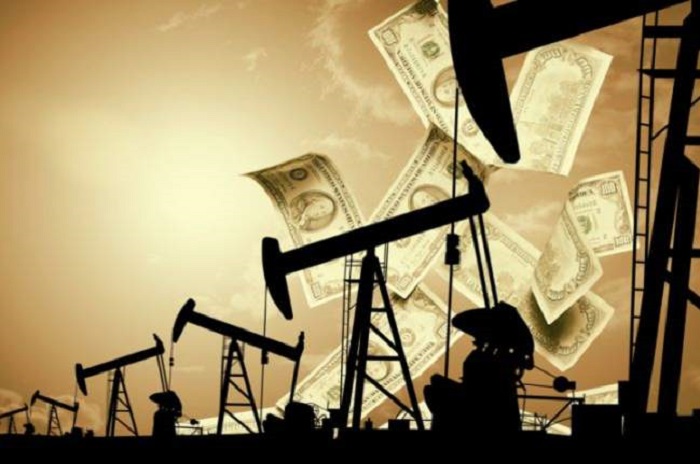He believes, that if political settlement occurs, the market will absorb another million barrels a day which means downward pressure on prices.
"Alternatively, should the stalemate there continue, I can see prices in the $60-$70 range within a year," Luft said.
The price of oil rose above $50 a barrel on Thursday as declines in US oil inventories raised hopes the glutted market was inching toward a better balance, the Wall Street Journal reported.
On the New York Mercantile Exchange, WTI futures were trading up one percent at $50.05 a barrel. Brent crude rose 1.2 percent to $50.34 a barrel on London`s ICE Futures exchange.
Libya`s oil production stood at 345,000 barrels per day (bpd) in April compared to 355,000 bpd in March and 388,000 bpd in February, according to OPEC`s last Oil Market Report.
The country`s oil production stood at 402,000 bpd in the end of 2015.
Libya along with Iran rejected to join oil production freeze plan aiming at stabilizing oil prices, and that resulted in a failure of the last meeting of oil producers in Doha.
The next OPEC meeting will be held June 2 in Vienna. Luft belives that no fundamental breakthrough in OPEC`s policies will occur.
"I don`t foresee a fundamental breakthrough in OPEC`s policies as the Saudis continue to call the shots and they are still willing to pursue their strategy of attrition of the North American producers - which seems to be working, as more and more American producers file for bankruptcy," Luft said.
As for Iran, the analyst also doesn`t see the country accepting any limits on its production.
"Iran needs to make up for years of under production and does not see itself obligated to accept mandates from the cartel," Luft said.
The Islamic Republic announced in late 2015 that it would add 0.5 million bpd of crude oil to the production.
More about:
















































